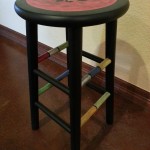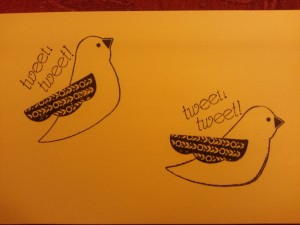Content is important. Everyone should have access to a broad range of understanding our world in order to interact successfully, make intelligent decisions, and enjoy life more fully. When I look at content I try to keep this in mind. Consider persuasive writing – vital to understand for any child who wants to swindle, I mean receive as an investment into personal education, the need for the new Lego Movie lego set. Fast forward several years, when the same child now needs to buy life insurance for his/her family. On the receiving end of persuasion, this same person needs to be able to evaluate which persuasive strategies the agent is employing, then sort through the extra information, to determine what best meets the needs of the family. Watching commercials or listening to a politician requires the same skill. When I taught persuasive writing in a third grade classroom, first we looked at the character in the mentor text, I Wanna Iguana by Karen Kaufman Orloff, to decide which techniques he was using to persuade Mom to let him has his friend’s iguana. Then the students discussed favorite commercials, talked about the purpose of the commercial and what tools were used to get the buyer to purchase the product. Of course, all of this was written on a handy dandy anchor chart, some by me and some by the students – shared writing! Finally we looked at an OREO graphic organizer to begin our prewrite to persuade people to protect the earth. The next day we viewed “The Great Kapok Tree” on youtube (the book is by Lynn Cherry). The students compared persuasive techniques from the day before, went through their organizer to see if they wanted to make changes/additions, then began their first draft. By the way, when discussing persuasive techniques, the students were highly engaged, taking turns respectfully at a higher level than usual which earned a gumball for positive communication skills towards a class reward. It was a great feeling!!
Why Bring this up now? Beyond the Math Classroom
One, summer is a great time for reflection. I hate sitting idle, but also because I’m reviewing math concepts which may be used towards multiple grades. Today, I looked at a couple of math books on fractions wanting to create relevance for the students in future years. Math is so much more than computation. It’s considering patterns, relationships, and promoting problem solving which is needed daily. As far as relevance, I think for younger students, I will lean towards cooking and sharing food which is something all kids can understand. With older students, I can really delve into shopping with real ads so the relations between fractions, decimals, and percents can be explored. Recently, I purchased hamburger patty squares for concrete investigations into equivalent fractions, fractions to decimals, fractions to percents. At a math conference last year, I saw this used with colored pencils – fascinating. I plan to use a strip model more than circles because it is much easier to draw on paper without error for assessment purposes.
Note to consider: One review center I want to keep in mind when exploring fractions will be creating pictures out of pattern blocks, then creating fractions out of the different shapes (using correct terminology). For older students, I can change this to individually created flags which we can express in fractions, decimals, and percents. Also, I want to use a paper balance for students to investigate comparison of fractions. Return to page 259 of Elementary and Middle School Mathematics. This can be done with discretely colored unifix cubes first, then expressed in a math journal or on a math balance sheet I can create.






